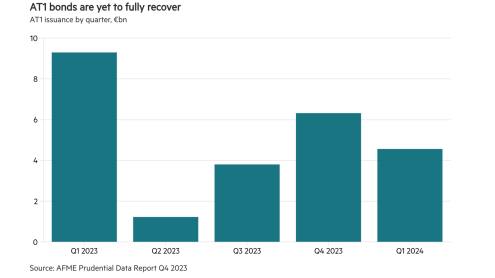Starting this month, Polish banks and insurers will pay a 0.44% annual levy on their assets. While this bank tax is by no means unprecedented – it has been introduced in 14 countries since 2009 – Poland’s approach is unorthodox.
In most cases, governments content themselves with taxing liabilities instead of assets so as not to discourage lending and capital raising by banks. The only exception to this rule is Hungary, which decided to tax banking assets at a rate of 0.53% in 2010, imposing the highest bank levy in Europe. As in Hungary, the tax bracket in Poland is so low (4bn zlotys) that it includes nearly the entire banking sector.











